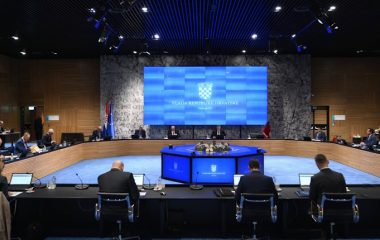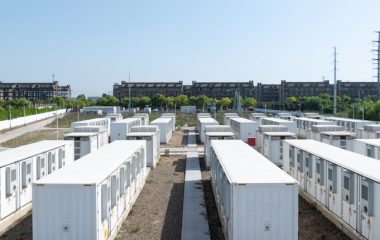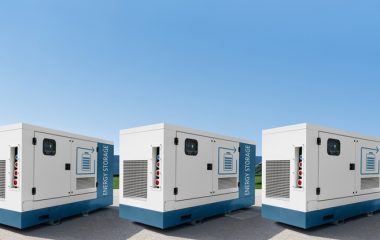
Photo: The President of the Republic of Serbia
Share
Share
Serbian President Aleksandar Vučić said only the next government could decide on Rio Tinto’s Jadar project for mining and processing lithium. Presenting an economic development program in view of the Specialized Expo 2027 exhibition in Belgrade, he claimed energy investments would be more significant than ever and that the country is beginning to tackle the air pollution issue seriously.
The measures concern living standards, modernization, infrastructure, industrialization, agriculture, environmental protection, and preparation for the event. Speaking at the presentation of the program, Skok u budućnost – Srbija EXPO 2027 (Leap to the Future – Serbia EXPO 2027), Vučić reaffirmed support for Rio Tinto’s project for an underground lithium mine and processing unit.
After massive protests in Serbia, the government led by his Serbian Progressive Party (SNS) blocked the investment two years ago. However, the Anglo-Australian company continued with some activities while Vučić and other top officials left the door open for the project.
The decision on Rio Tinto’s proposal to excavate the jadarite ore in the Jadar area in the country’s west and manufacture battery material can only be made by the new government, according to the president. The general election was held last month, and the next cabinet should take office by May.
Vučić: The previous government didn’t accept my idea
“The previous government didn’t accept my idea. They thought it was easier not to accept that because of the demonstrations… I think clueless people shouldn’t be pandered to but that there is a need to develop our regions,” he pointed out.
Vučić reiterated his claim that the investment would include salaries of at least EUR 1,000 a month for 2,000 workers and growth in gross domestic product. The budget of the City of Loznica would rise by as much as EUR 100 million, in his words.
There will be no electricity if pumped storage hydropower plant Bistrica isn’t built.
Massive projects will be launched in the country, Vučić stressed. “We have to start building pumped storage hydropower plant Đerdap 3, and before that, we have to complete all the activities, including the formal and bureaucratic ones that we complicated with regard to pumped storage hydropower plant Bistrica,” he added.
If it doesn’t build Bistrica, the country will have no electricity, as the facility is envisaged to balance renewables, in Vučić’s view. Serbia is building solar power plants with the Chinese, Russians, Americans and everyone else, together with investments in wind, but it’s all in vain without Bistrica, he asserted.
Everything is in vain without pumped storage hydropower plant Bistrica
“We are completing Kostolac B3, the first new power plant after 40 years, and we are opening it within one or two months. There is also the big, 1 GW project for self-balancing solar power plants,” he said and added that more would be invested in energy than ever before.
Kostolac B3 is a coal plant. It will be operated by the state-controlled power utility Elektroprivreda Srbije (EPS). The Hyundai Engineering and UGT Renewables consortium was selected for the photovoltaics strategic partnership.
The president said the Serbia-Hungary oil pipeline must be completed before Expo 2027. He also recalled that a gas pipeline would be built from North Macedonia to enable a link to the Trans Adriatic Pipeline (TAP) and Trans Anatolian Natural Gas Pipeline (TANAP).
Eight cities are a priority in tackling air pollution issue
Turning to air pollution, Vučić said gasification would significantly reduce the use of solid fuels, like burning wood and coal, in households. In his words, eight cities are the priority: Niš, Užice, Zaječar, Valjevo, Belgrade, Kragujevac, Smederevo and Novi Pazar. Serbia’s president announced that 200 heating boilers of 1 MW to 50 MW in capacity in public buildings would be replaced.
“We are starting to deal with that in a serious way,” he underscored.









The majority of the Serbian people are against lithium mining. They generally don’t want mines. They want to develop sustainable and healthy agriculture in order to be able to supply Europe with healthy food. Mining lithium will only lead to the displacement of millions of Serbs and the mass spread of cancer. The government in Belgrade is provoking the people to a civil war.
I agree Rio Tinto has destroyed sacred aboriginal sites in Australia – mining companies who profit & destroy archeological historical sites